Can We Measure Blood Pressure With Smart Watch?
In recent years, the integration of health monitoring features into wearable technology has revolutionized the way we track our well-being. Among these advancements, the ability to measure blood pressure using a smartwatch has garnered significant attention. This article delves into the feasibility, accuracy, and practical implications of using smartwatches for blood pressure monitoring, addressing common questions and concerns.
The Evolution of Smartwatches in Health Monitoring
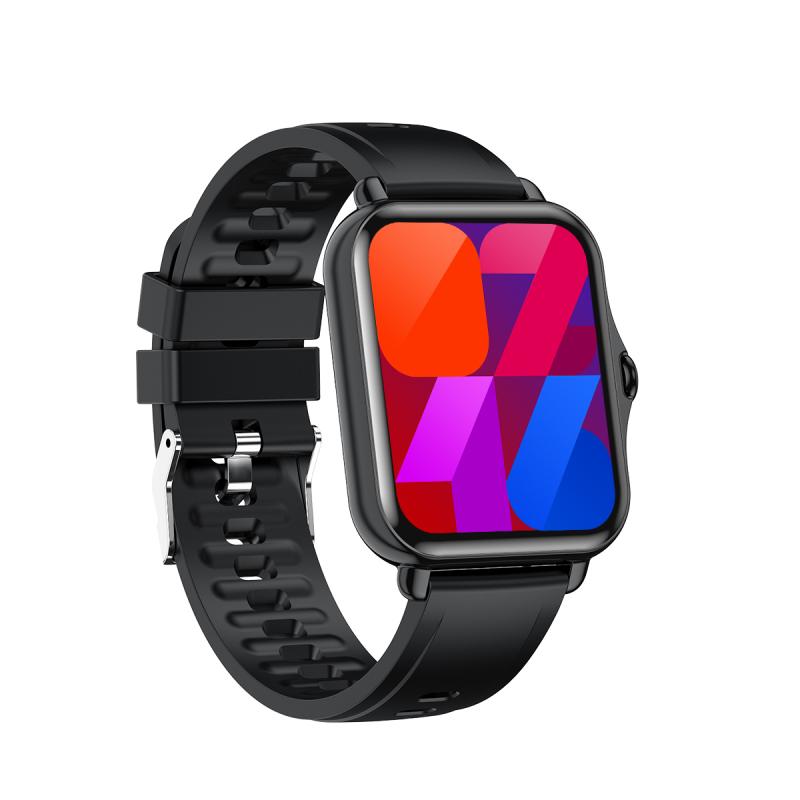
Smartwatches have evolved from simple timekeeping devices to sophisticated health monitoring tools. Early models focused on fitness tracking, offering features like step counting, heart rate monitoring, and sleep tracking. However, as technology advanced, manufacturers began incorporating more complex health metrics, including electrocardiograms (ECGs), blood oxygen levels, and now, blood pressure monitoring.
How Do Smartwatches Measure Blood Pressure?
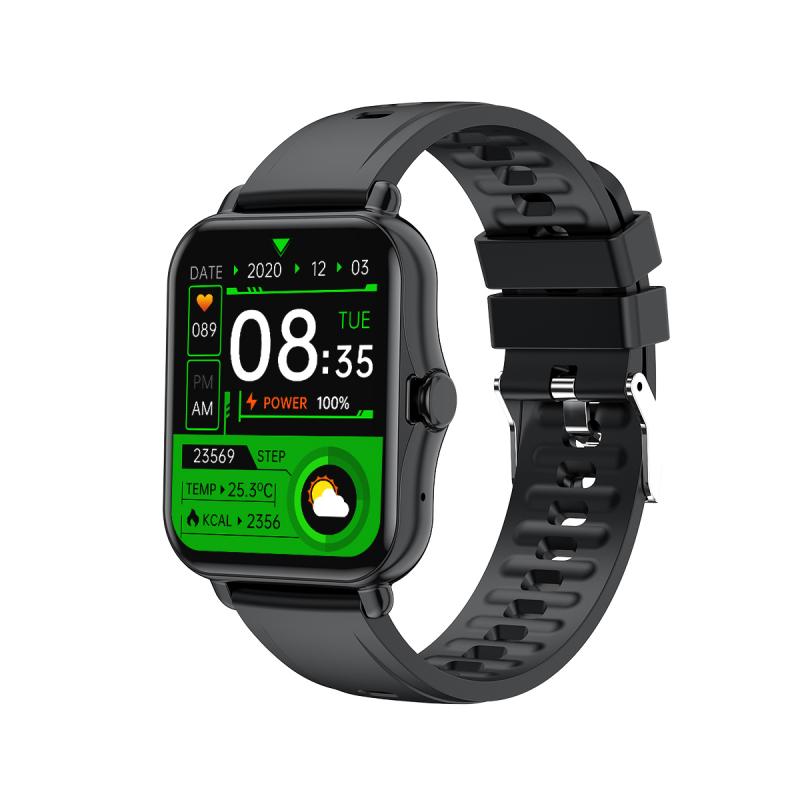
Traditional blood pressure measurement involves using a cuff to constrict the blood flow in the arm and then measuring the pressure as the cuff is released. This method, known as the oscillometric method, is highly accurate but not easily adaptable to a wrist-worn device.
Smartwatches, on the other hand, use a combination of optical sensors and advanced algorithms to estimate blood pressure. These sensors, typically located on the underside of the watch, emit light into the skin and measure the amount of light that is either absorbed or reflected back. This data is then processed to estimate blood pressure based on changes in blood volume and flow.
Accuracy and Reliability

One of the primary concerns with using smartwatches for blood pressure monitoring is accuracy. Traditional cuff-based devices are clinically validated and widely accepted in the medical community. In contrast, the technology used in smartwatches is relatively new and still undergoing validation.
Several studies have been conducted to assess the accuracy of smartwatch-based blood pressure measurements. While some smartwatches have shown promising results, they are generally not as accurate as traditional methods. Factors such as wrist positioning, skin tone, and movement can affect the readings, leading to potential discrepancies.
Regulatory Approval and Clinical Validation
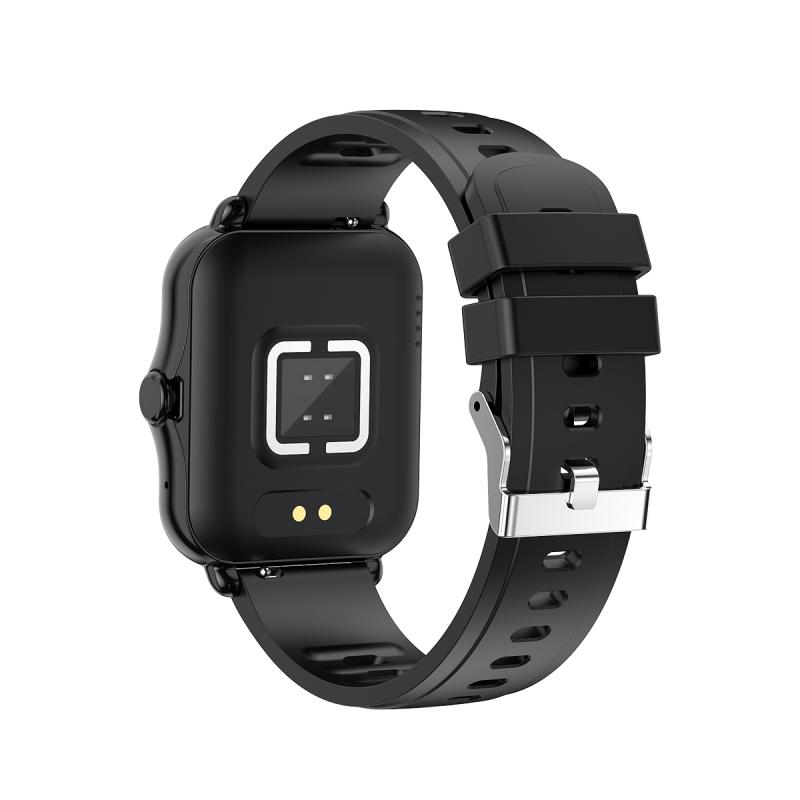
For a health monitoring device to be considered reliable, it must undergo rigorous testing and receive regulatory approval. In the United States, the Food and Drug Administration (FDA) is responsible for evaluating and approving medical devices. Some smartwatches have received FDA clearance for their blood pressure monitoring features, indicating that they meet certain standards of accuracy and reliability.
However, it is important to note that FDA clearance does not equate to FDA approval. Clearance means that the device is considered safe and performs similarly to an already approved device, while approval involves a more thorough evaluation process.
Practical Implications and Use Cases
Despite the limitations in accuracy, smartwatches with blood pressure monitoring capabilities offer several practical benefits. They provide a convenient way to track blood pressure trends over time, allowing users to identify patterns and potential health issues. This can be particularly useful for individuals with hypertension or those at risk of developing cardiovascular diseases.
Moreover, the ability to monitor blood pressure on-the-go can encourage users to take a more proactive approach to their health. Regular monitoring can help users make informed lifestyle choices, such as adjusting their diet, increasing physical activity, or managing stress levels.
Limitations and Considerations
While the convenience of smartwatch-based blood pressure monitoring is appealing, there are several limitations to consider:
1. Accuracy: As mentioned earlier, smartwatch measurements may not be as accurate as traditional methods. Users should not rely solely on smartwatch readings for medical decisions and should consult healthcare professionals for accurate assessments.
2. Calibration: Some smartwatches require periodic calibration with a traditional cuff-based device to maintain accuracy. This can be cumbersome and may not be practical for all users.
3. Battery Life: Continuous monitoring can drain the smartwatch battery quickly, requiring frequent recharging.
4. Cost: Smartwatches with advanced health monitoring features can be expensive, making them less accessible to some users.
Future Developments
The technology behind smartwatch-based blood pressure monitoring is still evolving. Researchers and manufacturers are continuously working to improve the accuracy and reliability of these devices. Future developments may include more advanced sensors, improved algorithms, and better integration with other health monitoring tools.
Additionally, as more data is collected from users, machine learning and artificial intelligence can be leveraged to enhance the accuracy of blood pressure estimates. This could lead to more personalized and precise health monitoring solutions.
The ability to measure blood pressure with a smartwatch represents a significant advancement in wearable health technology. While current devices may not match the accuracy of traditional methods, they offer a convenient and accessible way to monitor blood pressure trends and encourage proactive health management.
As technology continues to advance, we can expect further improvements in the accuracy and reliability of smartwatch-based blood pressure monitoring. In the meantime, users should view these devices as supplementary tools and consult healthcare professionals for accurate assessments and medical advice.
In summary, smartwatches with blood pressure monitoring capabilities hold great promise for the future of health tracking. By understanding their limitations and potential, users can make informed decisions about incorporating these devices into their health management routines.


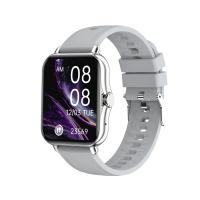
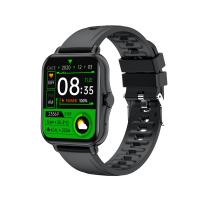
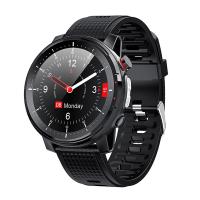
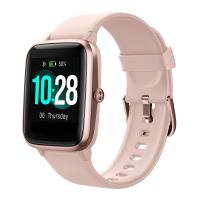
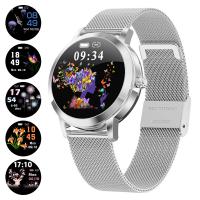
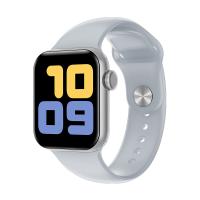
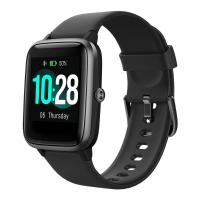
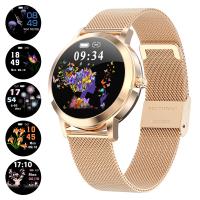


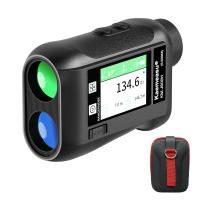
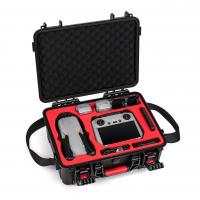



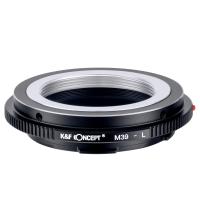




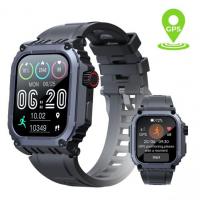

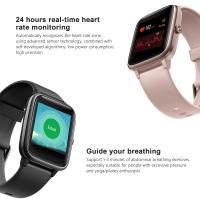
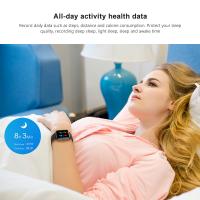
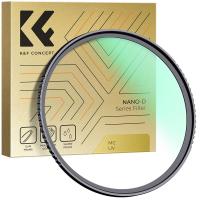
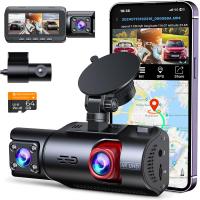

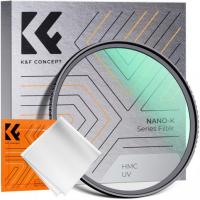



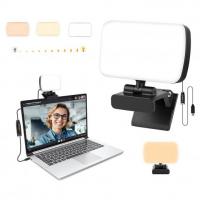



There are no comments for this blog.